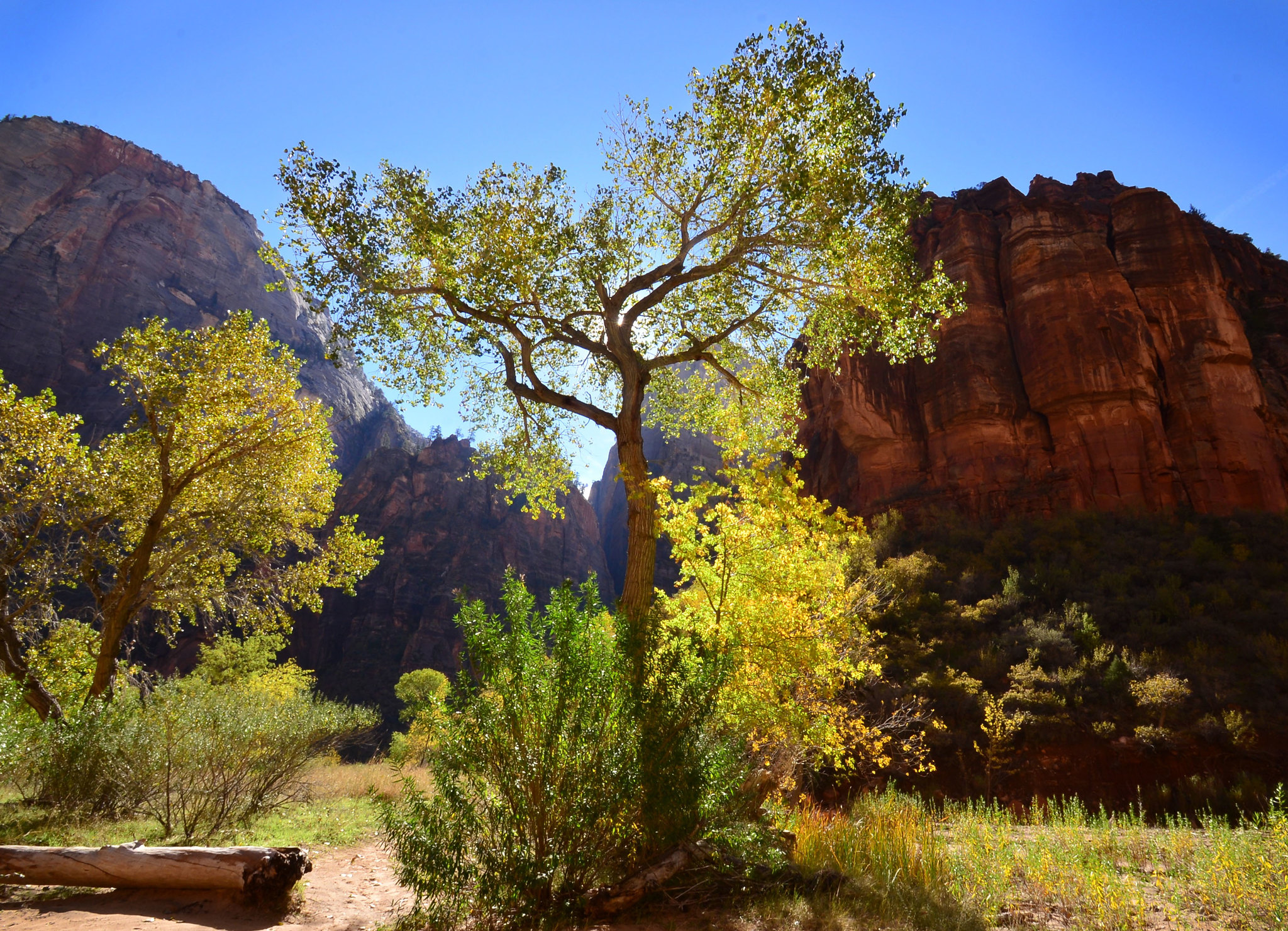What’s Next for the Great American Outdoors?, Pt. 3
One year after the Great American Outdoors Act became law, we're looking at what the law has achieved and the work we still have to do to secure a thriving planet that belongs to all of us. Read previous entries in this series:
-
Part 2: Protecting America’s Wilderness, Taking on the Climate Crisis
- Part 4: Build Back Better Must Include Our Parks
Representative Katie Porter, one of the authors of this blog, knows firsthand the joy of the outdoors. Growing up, her family took vacations at national parks — not just because they were beautiful or historic, but because her working-class family could afford to visit them. Now, as a mother of three young children, she’s experienced parks as a classroom, a playground, and once again, a place to bond with family.
For more than a year, the COVID-19 pandemic has caused upheaval, stress, and trauma, especially for youth and families. School operations and classroom learning were disrupted, and will continue under challenges this year. Physical distancing and staying indoors, while important for protecting public health, have replaced too many crucial developmental experiences.
The pandemic has made it clear: it’s more important than ever to ensure everyone can access time in nature. Studies consistently show that spending time outdoors can improve mental and physical health, boost concentration, and even help children perform better in school. The outdoors can have powerful healing effects, especially for those recovering from trauma. After a year spent indoors, Americans of all ages need the proven physical and mental health benefits of getting outdoors more than ever.
But the pandemic has also underscored that it is harder for some families to benefit from the outdoors. Many families, especially lower-income families and families of color, cannot easily access high-quality public lands and green spaces. Visiting a national park can be an undertaking for any family, even without the added complications from COVID-19. A visit to one of the more popular national parks could involve paying for flights, hotels, and rental cars, all before paying the fee to enter the park. And the situation is not always better closer to home. An estimated 100 million Americans, including 28 million children, do not live within a 10-minute walk of a high-quality park or green space.
Legislation passed during the pandemic, like the Great American Outdoors Act, has addressed some of these issues. The legislation’s Legacy Restoration Fund improves national parks by providing better visitor services, roads, and trails, among other improvements. Moreover, full funding of the Land and Water Conservation Fund creates consistent resources for the Outdoor Recreation Legacy Partnership program, which strengthens the creation of high-quality parks and green spaces in underserved urban neighborhoods.
Without a doubt, the Great American Outdoors Act takes important steps to improve the experiences of children, youth, and families who visit national parks and public lands. But we need a comprehensive and dedicated program to engage youth with the outdoors to address the cost, knowledge, and other barriers to experiencing our public lands.
That’s where the Every Kid Outdoors program comes in. Since 2015, Every Kid Outdoors has offered passes to all fourth graders and their families that allow them free access to all national parks, public lands, and public waters. It gives every fourth grader, regardless of ability to pay, the opportunity to build a direct connection with nature.
Earlier this year, Congresswoman Porter brought her two sons and fourth-grade daughter to Zion National Park using the Every Kid Outdoors pass. They enjoyed fishing, hiking, and sightseeing, and started a family tradition of outdoor appreciation.
Every Kid Outdoors is simple, and it’s popular with families. This common-sense investment helps families who otherwise can’t afford to visit and enables all families to spend their money supporting local economies in surrounding communities. However, the Every Kid Outdoors program has never received adequate funding to address the inequities that prevent many families from accessing nature. From difficulty actually getting to parks, to not feeling safe or welcome even if they’re able to reach them, it’s essential that we address the root causes of the “nature gap.”
That’s why, at a time when direct connections to nature have never been more essential for children and families, it’s critical that Congress support this program. Investing in Every Kid Outdoors will provide safe transportation for kids and families to public lands and waters, offer more robust outdoors programming, and increase access to the outdoors for people with disabilities. All people, regardless of race, income, or ability, deserve access to nature.
The outdoors can be a place of respite and healing. We all, especially our children, will need nature to recover from the physical and mental health effects of COVID-19. The Every Kid Outdoors pass is a simple way to give children and youth another opportunity for healing from the stress and trauma of the pandemic. Let’s make sure they can benefit from this direct connection to nature by fully funding the Every Kid Outdoors program.
